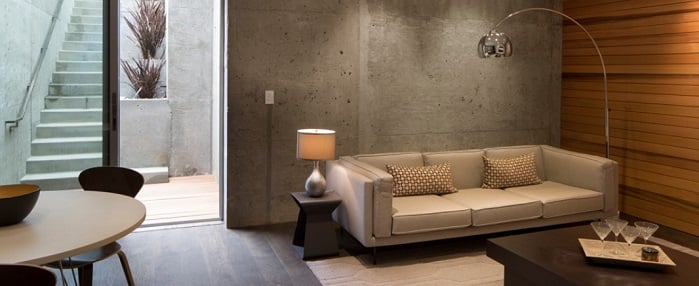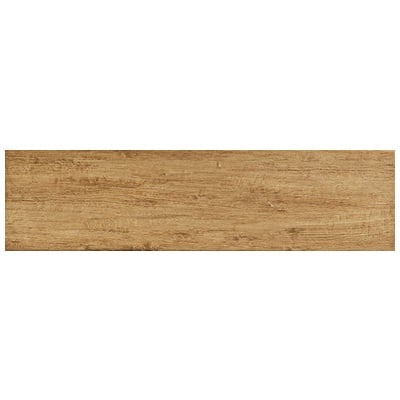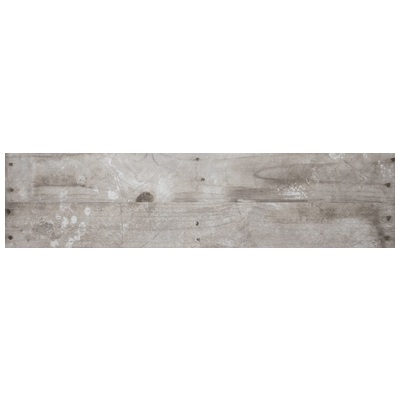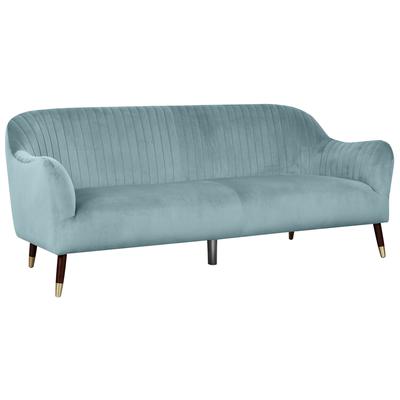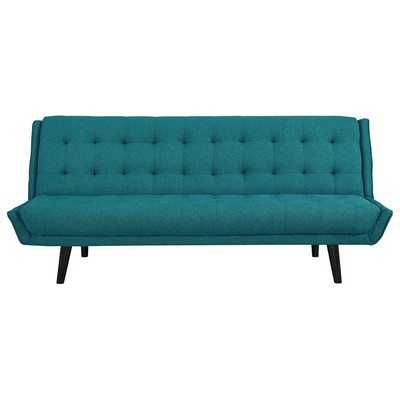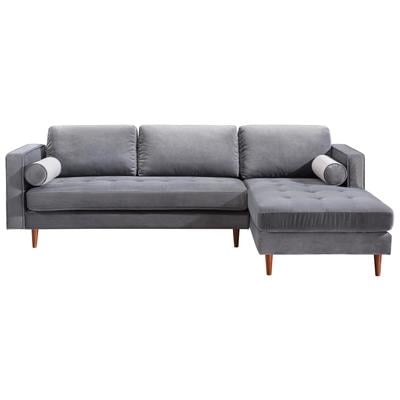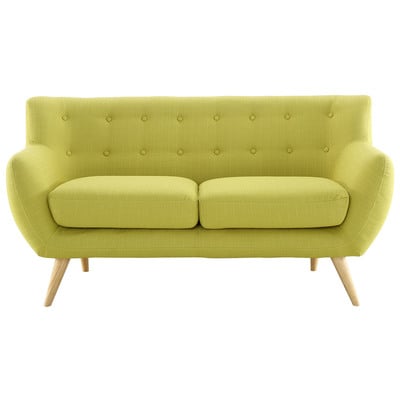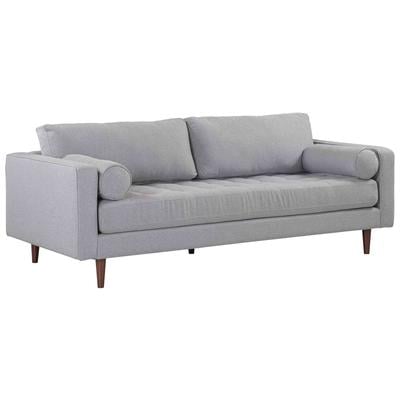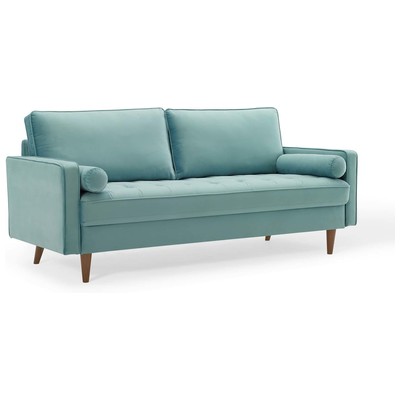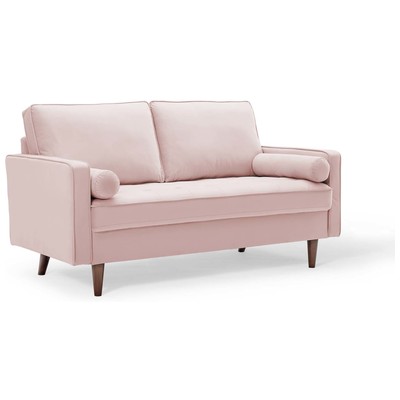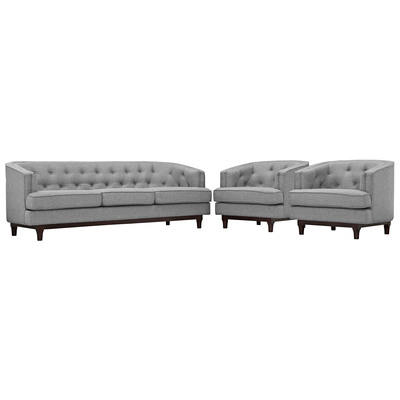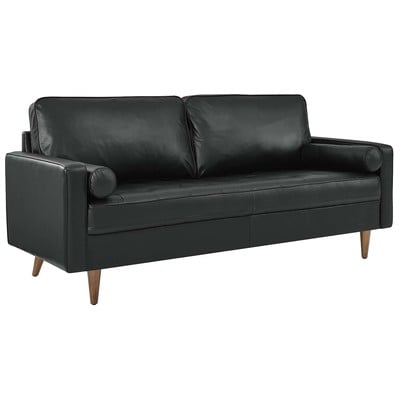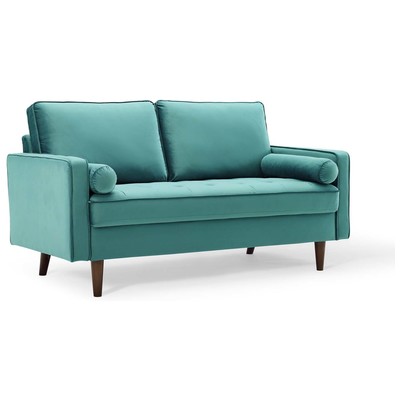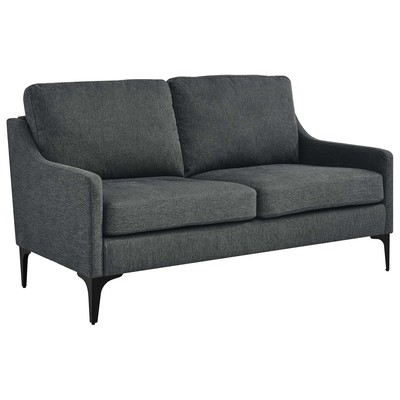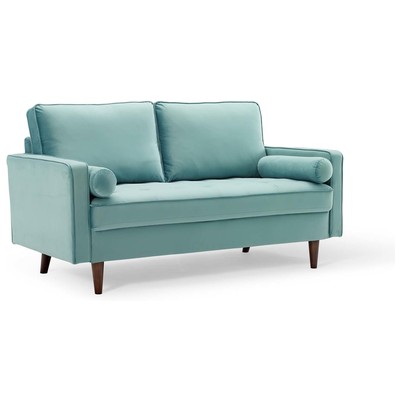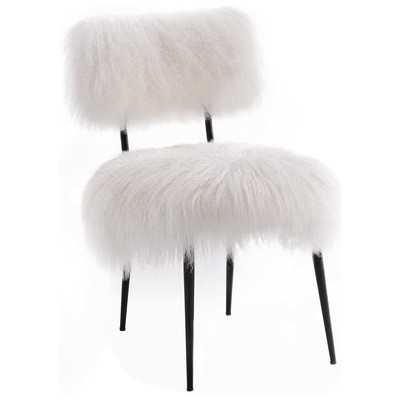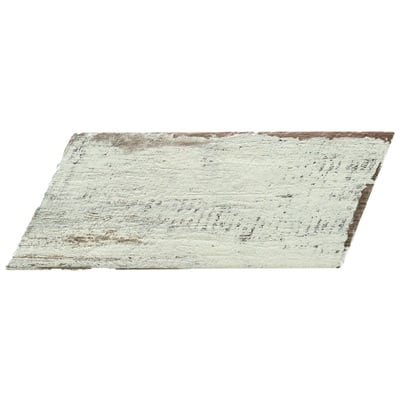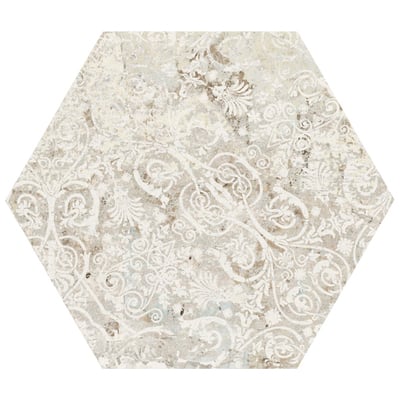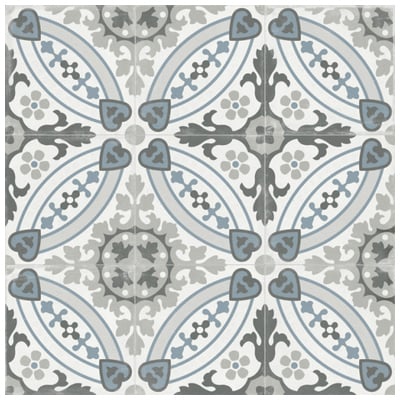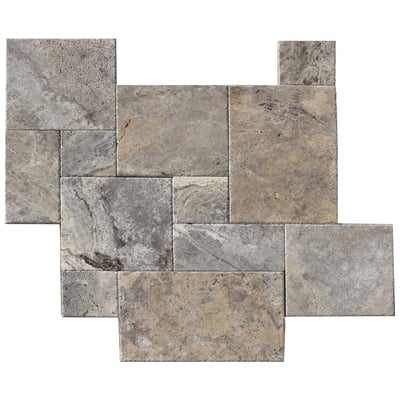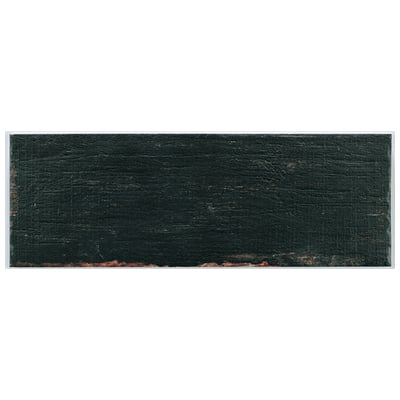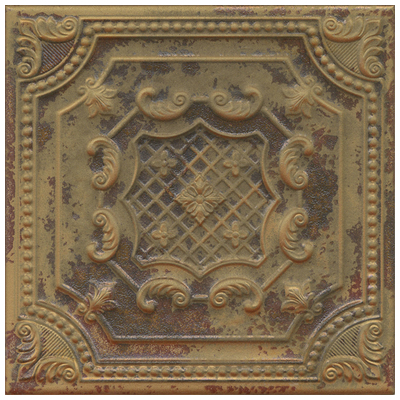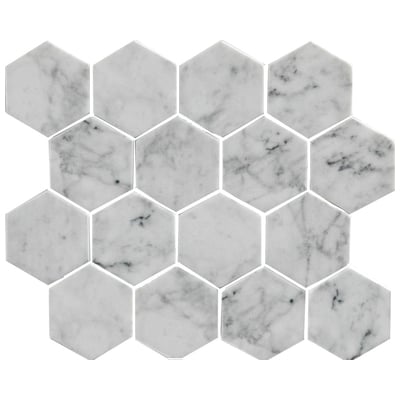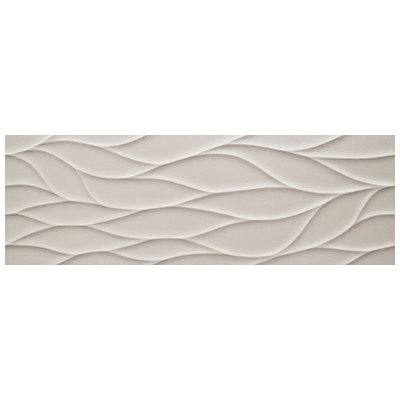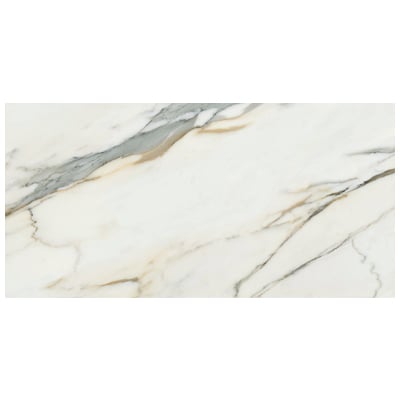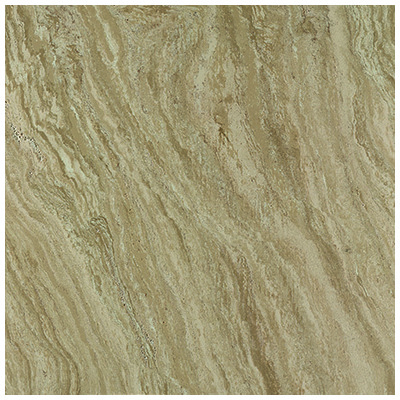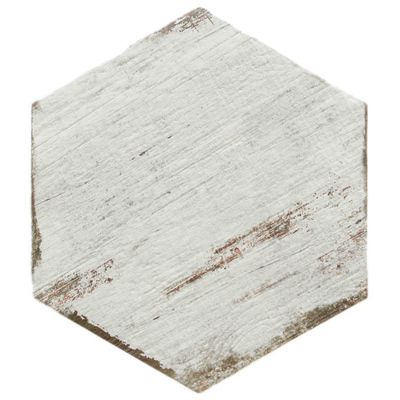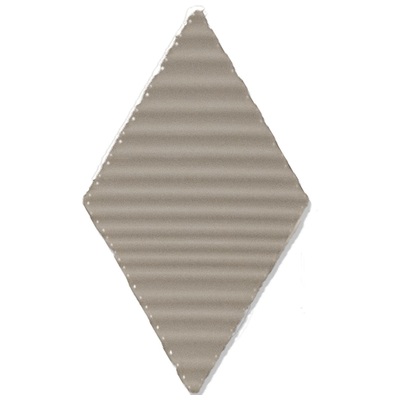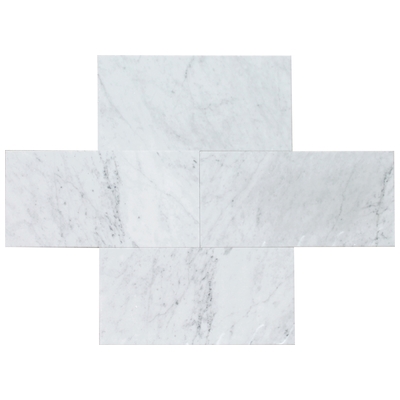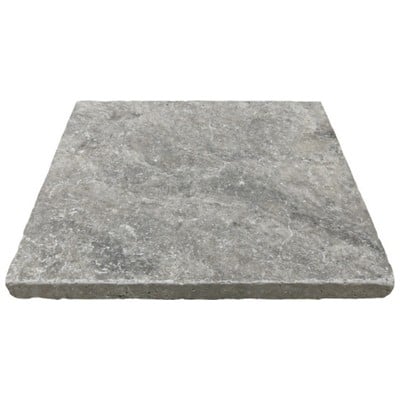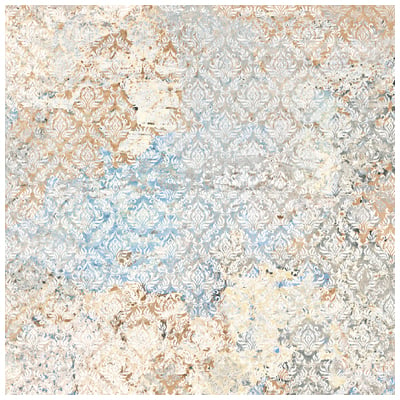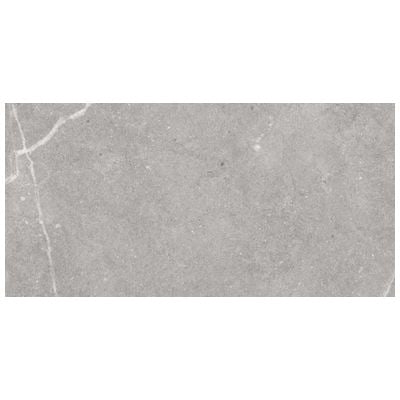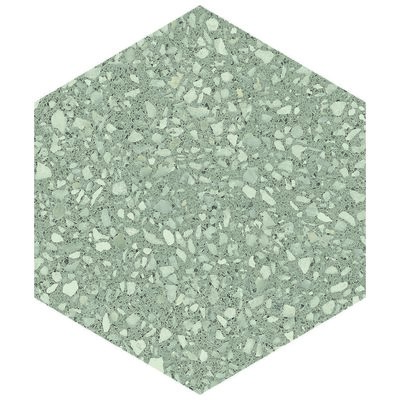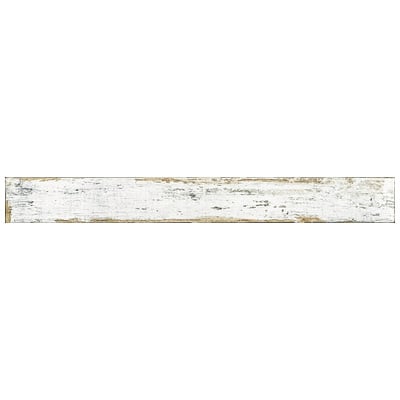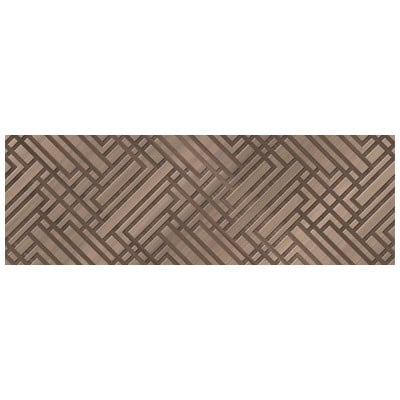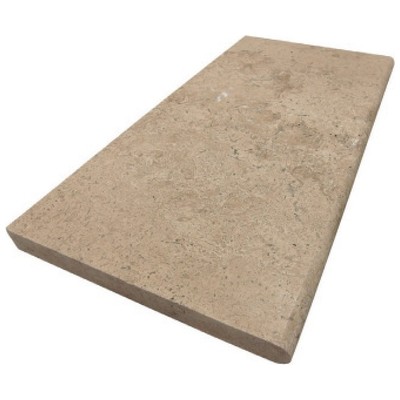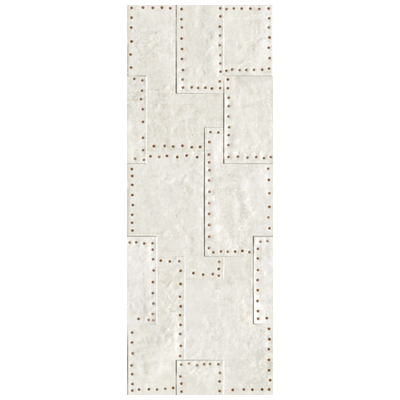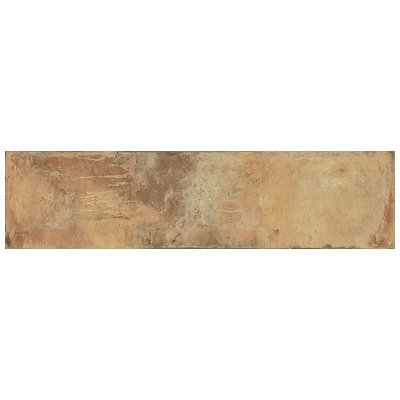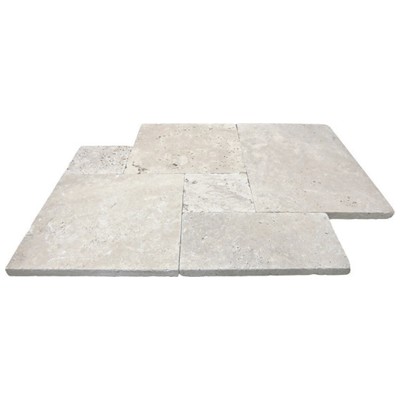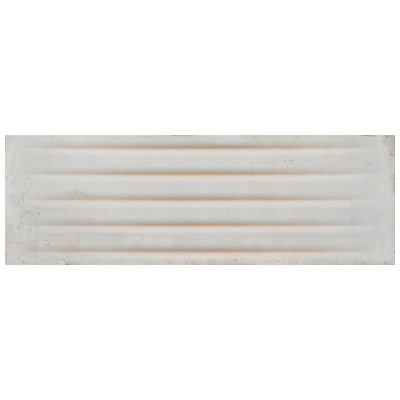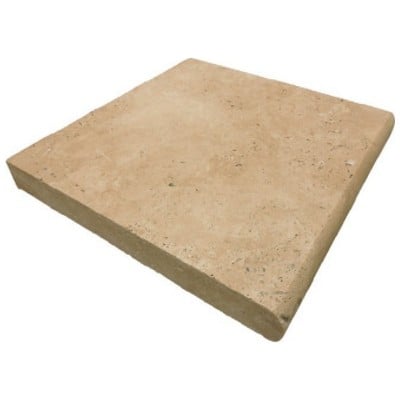A flooded basement is one of the most nerve-wracking experiences you can have as a homeowner. Whether it’s a catastrophic knee-deep backup or a few inches of water that came from nowhere, floods can be a devastating shock. Not only can you lose expensive furniture and family memories, but also your trust in your home. And, speaking from experience, big-picture flood-proofing can take multiple rainy seasons to troubleshoot and fully resolve. So how do you keep your basement livable and usable, while keeping your peace of mind (and not paying to redecorate every time it rains)? By making your basement decor more flood resistant… just in case your flood proofing doesn’t cut it.
Step Zero: Call A Flood Expert!

If you’ve had a flood, or live in a flood-prone area, redecorating shouldn’t be the first thing on your mind. You want to contact a professional to find where water is coming in and address the problem at the source. That can mean better sealants, waterproofing layers, better drainage, pumps, or valves to stop water from making it inside again. But once that’s done, it’s time to be sure you’re prepared the next time it does. That means being strategic about how you re-finish your space once you’ve cleared away all the damage.
Step 1: Choose Water-Resistant Materials

If your finished basement was all carpet and wood paneling pre-flood, you’ve probably felt pretty keenly just how much damage water can do to porous materials. From stinky carpet underlayment to mold on and in your walls, anything that can absorb flood water will – and will make the problem exponentially worse. So when you rebuild, for goodness sake, don’t do the same thing again! Avoid carpet at all costs. Instead, look for structural materials you’d feel safe putting in a bathroom. The more water-resistant, the better.

Painted, polished, or stained concrete floors topped with area rugs is a combo that’s almost totally flood-proof. Just pull up the rugs, mop the floor, and all is well. Ceramic tile is a close second, and will give your space a more finished look. Other inert, synthetic flooring – like vinyl sheets or planks – can also work in a flood-prone basement. While water can damage them, you can replace individual planks more easily than with hardwood or carpet. If you plan to lay tile or other flooring, though, you’ll need to take extra care to make sure the underlying concrete is completely dry to ensure a solid installation.
Shop Wood-Look Tile:
Step Two: Elevate It

So: you’ve installed anti-flooding measures, you’ve re-finished your basement with water-resistant, easy-to-clean materials. Now what? There’s no way to guarantee that water will never get high enough in your basement to do damage again. But you can choose furniture and appliances that will be less vulnerable if it does. Specifically, the higher you can keep everything off the floor, the better. That means choosing sofas and chairs with metal or acrylic legs, boosting up important appliances, storing valuables up high in waterproof containers, elevating outlets if you can, and choosing wall-hung cabinets over floor-mounted ones.

Remember, we’re being proactive here; we’re buying ourselves peace of mind as much as flood prevention. A midcentury sofa with stylish stilt-like legs won’t make much difference if your basement floods up to your ground floor. But it will turn a half-inch flood from potentially devastating to merely inconvenient. Plan to re-finish your basement accordingly. You should invest the most in protecting things you can’t replace (like family photos). Then, choose furnishings that won’t be bothered by an inch of water, so you won’t have to replace them.
Shop Midcentury Sofas:
Step Three: Outsource Your Flood-Fear

Basement flooding can make you a little paranoid. Whether you just can’t suss out where the water came from or are now afraid of another major loss, a past flood can be a lingering stressor that, quite frankly, none of us need in our lives. So instead of heading downstairs with a flashlight and fear in your heart every time it starts to rain, consider investing in a leak detection system. At the most basic, these are $10 pieces of plastic that make a loud noise if water touches the bottom. Placed near a known flood point or appliance, a leak detector is an excellent early warning system that can help keep potential floods off your mind until they actually happen.
When you’ve experienced a flood – whether “once in a lifetime” or “not so bad” – it can be tempting to pretend it just won’t happen again. But I’ve never known anyone whose basement only flooded once. So I would urge you strongly to take the right steps the first time. Find a contractor you trust to address the underlying problem; assume something, eventually, will go wrong; and decorate in a way you won’t regret the next time you walk down your basement stairs and step in a puddle!
Shop All Field Tile:

